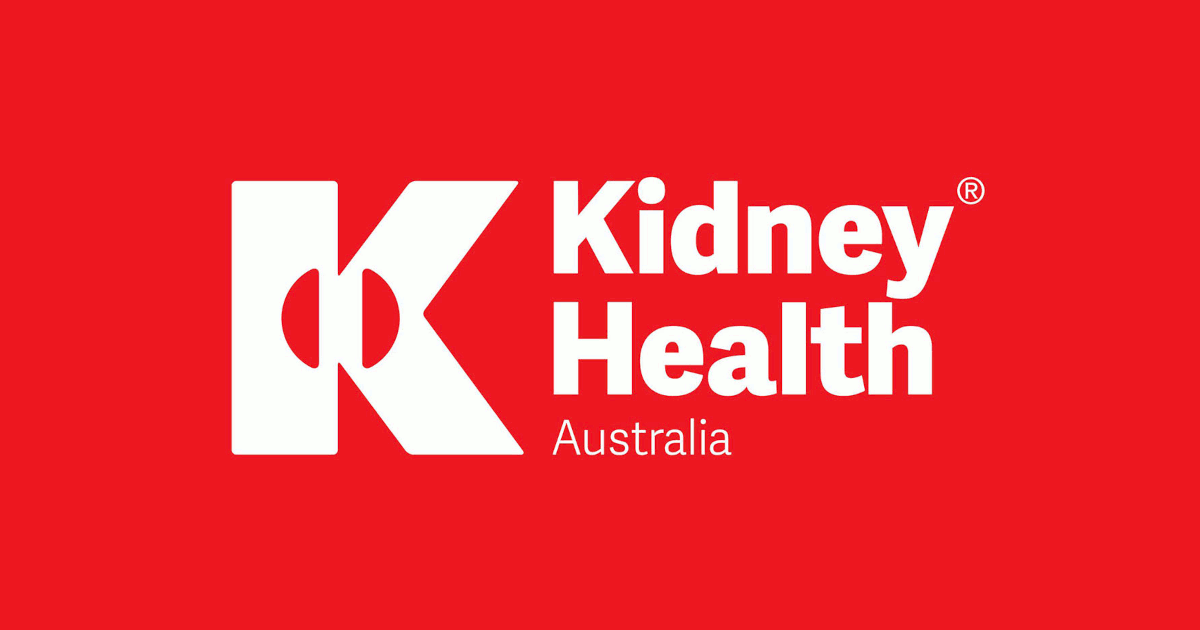Case studies
Social Movement Action Framework
Engaging collective strength in action at Central West Specialized Developmental Services
The change team at Central West Specialized Developmental Services (CWSDS) has built a strong core leadership structure to support their implementation efforts by including both formal and informal leaders.
Central West Specialized Developmental Services (CWSDS) is a pre-designate Best Practice Spotlight Organization® (BPSO®.) During the BPSO pre-designation process, the CWSDS change team has built a strong core leadership structure to support the implementation of best practices, by including both formal and informal leaders.
The CWSDS change team relied on the following strategies to build a strong core leadership structure:
CWSDS’s RNAO-BPSO organizational structure. Figure provided with permission by CWSDS.
- embedding the RNAO BPSO pre-designation process within the organization’s strategic plan.
- emphasizing the interprofessional nature of the initiative by encouraging professionals from all disciplines to become involved.
- engaging an interprofessional team of stakeholders within the organization with the change, including direct support professionals, managers, food services, human resources staff, and members of the communication and information technology teams.
- encouraging stakeholders to become trained RNAO Best Practice Champions and to participate in RNAO events.
- making sure all stakeholders were informed and involved in the change initiative (by, for example, providing updates during managerial meetings and including stakeholders in completing gap analyses.)
- supporting Best Practice Champions in leading best practice guideline (BPG) implementation alongside the BPSO Steering Committee.
As a result of the change team’s work to build a core leadership structure, they were able to tailor the implementation of BPGs toward daily clinical problems relevant to their direct support professionals. This increased recognition of and support for their change initiative.
To learn more about CWSDS’s BPG implementation journey, watch their 38-minute webinar: Collective Strength in Action: How to Promote and Implement Best Practice Guidelines.
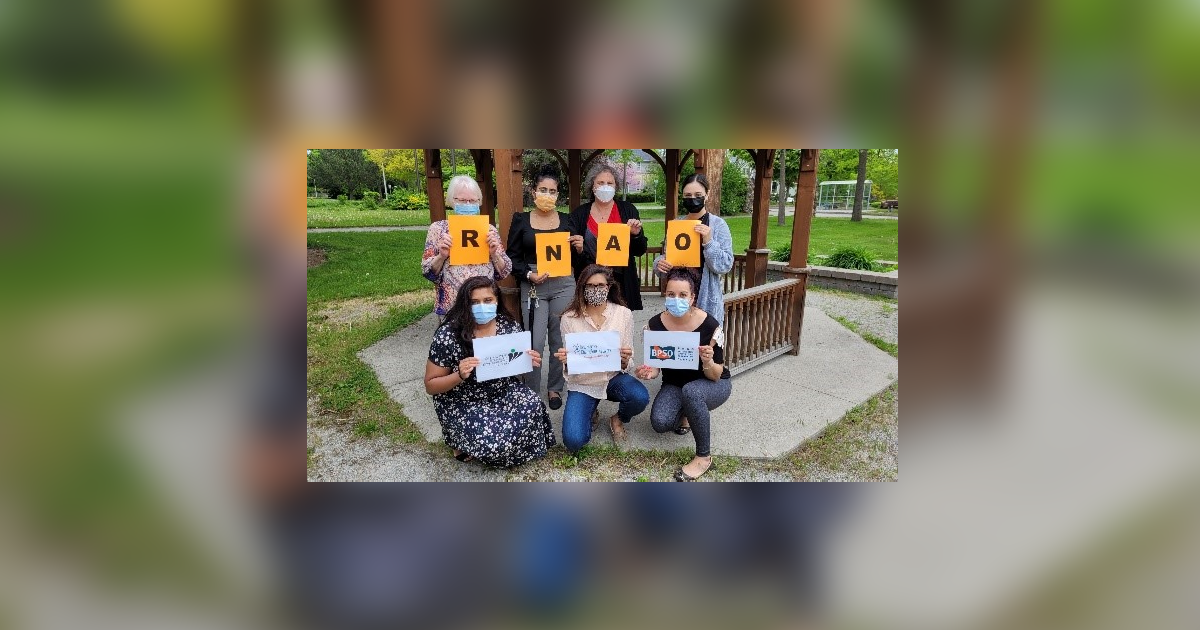
Engaging a network to strengthen alliances for an Indigenous school diabetes prevention project
An Indigenous diabetes prevention school project used a network to support community partner's capacity building and collaboration. Read more in this case study.
In Quebec, Canada, community groups and researchers participated in a network using social movement approaches for the Kahnawake Schools Diabetes Prevention Project. In the early phase of the social movement, the network supported capacity building and collaboration of the community members. As the movement evolved, the network strengthened alliances among the community members and their shared decision-making. It also supported the program’s expansion to more children. At the conclusion of the project, the network supported the emerging leadership of the community partners (Tremblay et al., 2018).

Advancing knowledge uptake and sustainability through RNAO's Best Practice Champions Network®
The Best Practice Champions Network® has been engaging change agents for over two decades to facilitate connection, a sense of belonging and a place to continue the implementation of best practice guidelines.
Launched in 2002, the RNAO Best Practice Champions Network® supports the active engagement of volunteer peer Best Practice Champions in knowledge exchange amongst one another, and between them and RNAO. Through this international network, more than 100,000 champions access tools and strategies such as workshops, webinars and online modules (Grinspun, 2018).
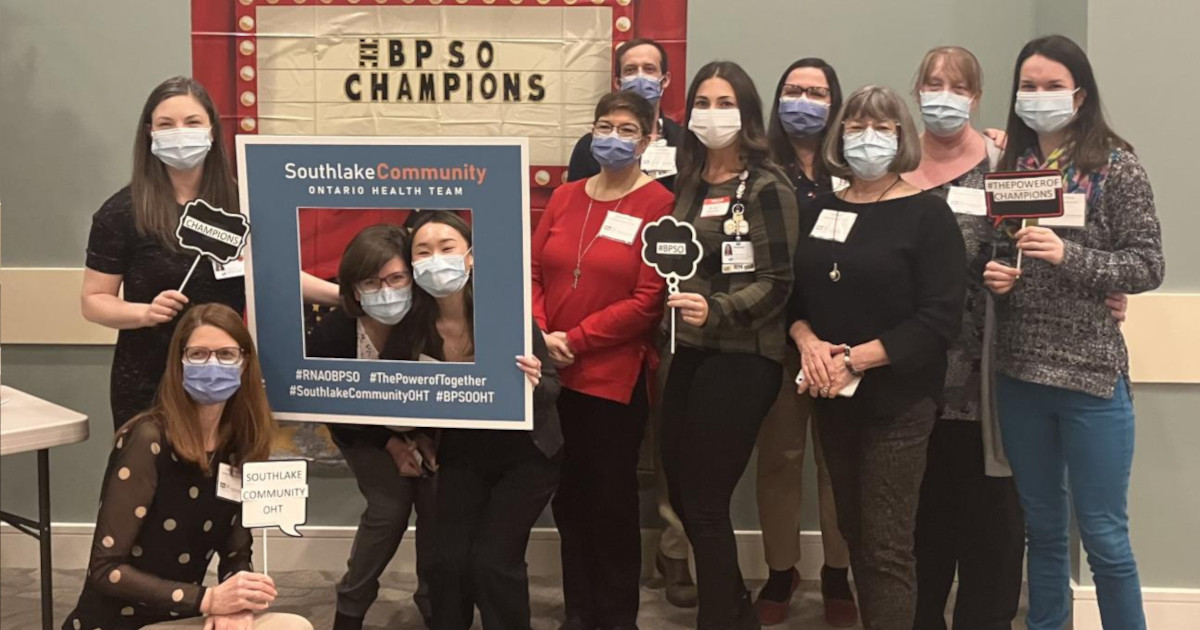
Knowledge-to-Action Framework
Adapting BPG recommendations to a public health context – Insights from Toronto Public Health
Toronto Public Health – a Best Practice Spotlight Organization® (BPSO®) - has adapted several RNAO best practice guidelines (BPGs) to align with a population health approach.
Toronto Public Health – a Best Practice Spotlight Organization® (BPSO®) in Toronto, Canada – has implemented several RNAO best practice guidelines (BPGs), including Woman Abuse: Screening, Identification and Initial Response (2005) and Preventing and Addressing Abuse and Neglect of Older Adults (2014). Because some practice recommendations in these guidelines focus on the individual person or patient level, they didn’t always align with Toronto Public Health’s population health approach.
To adapt recommendations to the public health context, the change team completed a literature review to explore definitions and adapt strategies to align with the model of care delivery and health promotion philosophy.
Another approach that was taken by Toronto Public Health: piloting BPG recommendations within one small program team. The team would then evaluate the implementation until successful, consistent with the Plan-Do-Study-Act approach). Once successful, the intervention was scaled up within the organization to other programs and teams (Timmings et al., 2018).
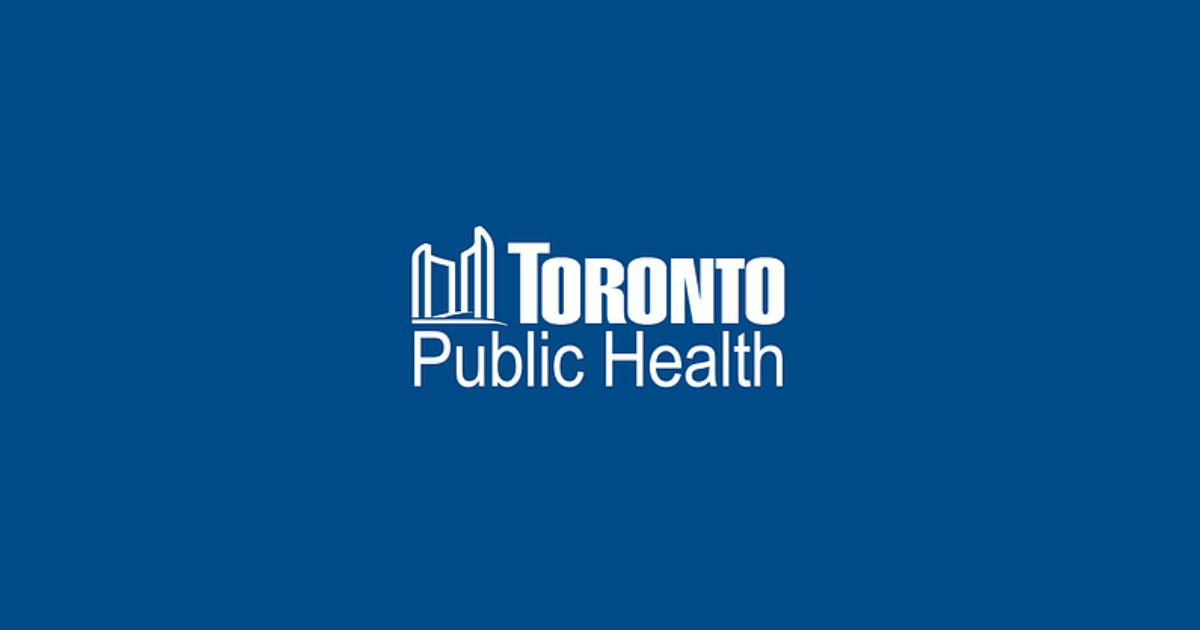
Adapting BPG recommendations to a Chinese acute care context to reform care delivery– lessons learned from DongZhiMen Hospital
Care practices were revised using adapted evidence-based best practice guidelines in an acute care facility in Beijing, China.
DongZhiMen Hospital – a BPSO in Beijing China – was motivated to reform care delivery through the use of RNAO BPGs. While best practice recommendations provided general guidance, DongZhimen Hospital identified the need to translate these statements into detailed instructions and parameters tailored to their specific hospital context.
To adapt statements to their context, they translated the guideline into Chinese. A multidisciplinary team then worked through the initial steps of the Knowledge-to-Action Framework. This involved:
- reviewing carefully the evidence to thoroughly understand the intent of the recommendations
- conducting a comprehensive gap analysis
- interviewing staff members and others to identify facilitators and barriers to the use of the BPG.
Using this information, the team was able to create specific, clinical nursing practice standards derived from the recommendations and relevant to their context (Hailing and Runxi, 2018).

Facilitating an evidence-based culture at Unity Health Toronto - St. Michael’s Hospital
Unity Health Toronto - St. Michael’s Hospital, a Best Practice Spotlight Organization® (BPSO®) has embedded evidence-based practices into its culture and daily work processes as part of its corporate strategy.
Unity Health Toronto - St. Michael’s Hospital, a Best Practice Spotlight Organization® (BPSO®) in Toronto, Canada, has embedded evidence-based practices into its culture and daily work processes. Evidence-based practice is part of the hospital’s corporate strategy. It has invested resources to build a critical mass (over 30 per cent) of staff members who are best practice champions.
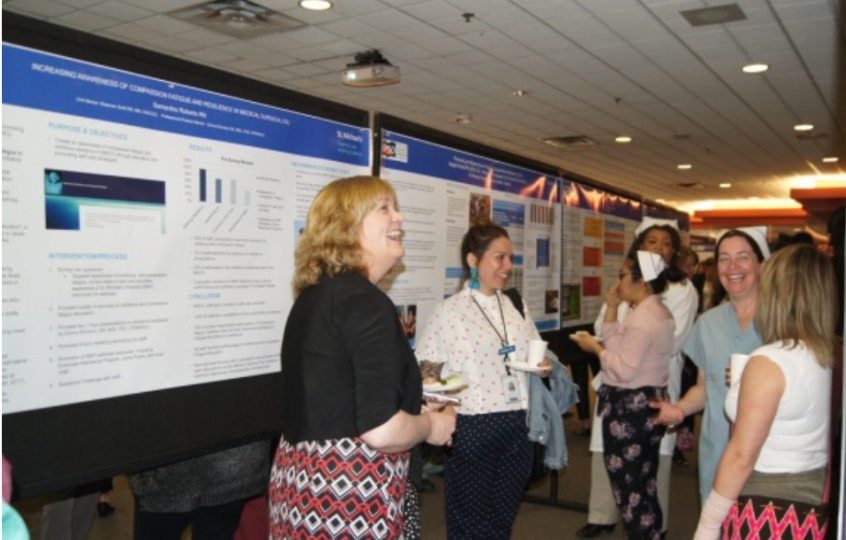
The hospital also provides multiple capacity-building opportunities, including a community of practice, boot camps, booster sessions and mentorship. The annual Nursing Week Gallery Walk, depicted in the image above, is just one way that St. Michael’s Hospital profiles the work of champions and others dedicated to using evidence to inform change initiatives.
SOURCE: Transforming Nursing Through Knowledge, 2018.
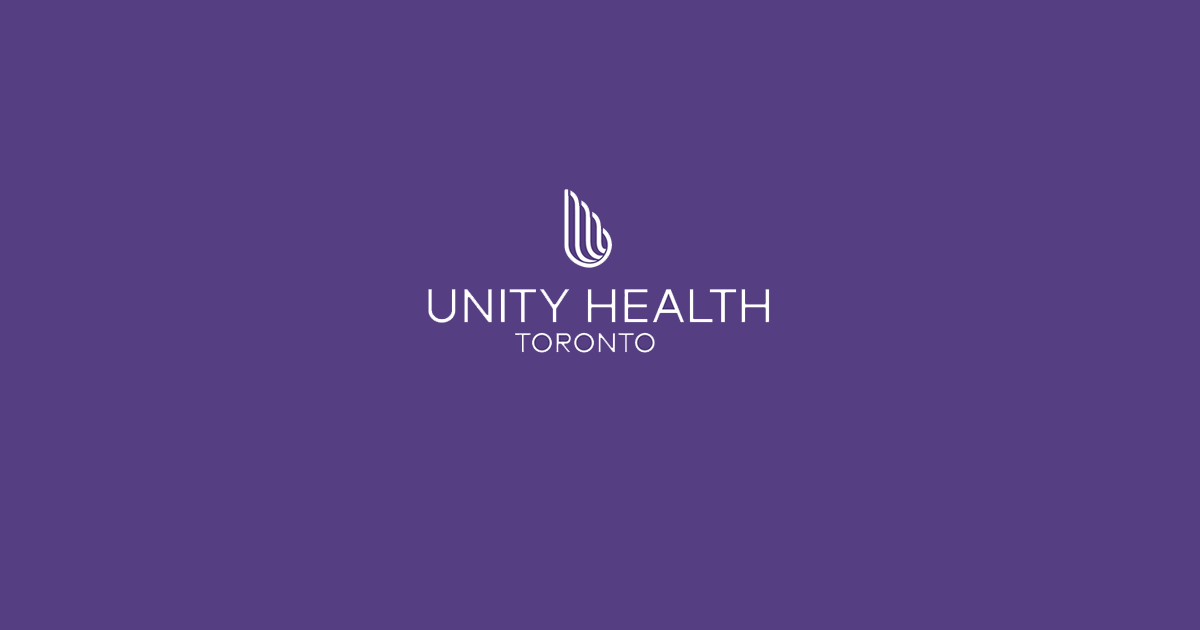
Engaging Persons with Lived Experiences
Integrating patient partners in change – Lessons learned from Kidney Health Australia
Kidnney Health Australia case study
In early 2018, Kidney Health Australia (KHA) developed a guideline for managing percutaneous renal biopsies for individuals with chronic kidney disease (Scholes-Robertson et al., 2019). KHA included 40 persons from across Australia with lived experience of chronic kidney disease and their caregivers – “patient partners”. KHA asked patient partners to prioritize which topics were most important to them during a percutaneous renal biopsy.
Patient partners valued: minimizing discomfort and disruption, protecting their kidneys, enabling self-management, and making sure that support for families and caregivers would be available. They indicated that all of this would help alleviate anxiety and avoid undue stress. Their voices were heard, and KHA effectively incorporated these suggestions in guideline development.
Notably, there were marked differences between the priorities identified by the content experts on the guideline development working group, versus what the patient partners perceived to be important to their health and wellbeing, as shown in the table below.
|
Topics prioritized by content experts |
Topics prioritized by patient partners |
|
|
